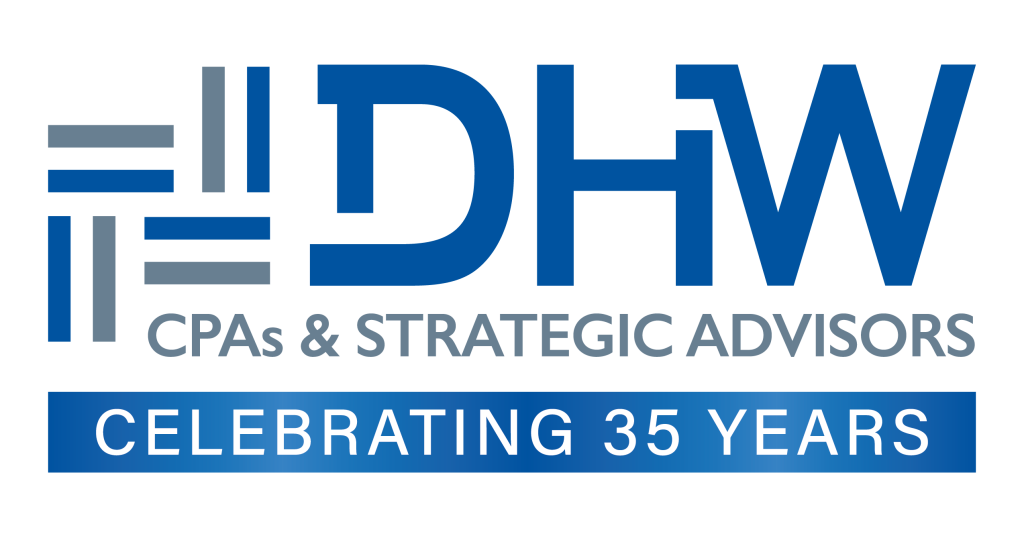The COVID-19 pandemic sent a shock wave through the manufacturing industry and highlighted key points of risk that resulted in the massive supply chain shortages we saw over the past few years. While these supply chain headwinds are likely to continue in 2023, there are some key areas to analyze and adjust to mitigate the impact on supply chains moving forward.
Mitigating Risk
Prior to and throughout the pandemic, many U.S. companies came to realize their dependence on China. This realization led to many beginning to shift away from China, in an effort referred to as the “China Plus One” strategy. While it is important to avoid sole sourcing from any vendor, the strategy of “plus one” also has its flaws.
Mitigating risk with regard to supply chain comes down to optionality, redundancy, and market proximity to consumers. It is important for companies to intentionally create redundancies within their supply chains to avoid single points of failure. Moreover, while onshoring production may not be feasible for a number of reasons, reducing the distance between suppliers and consumers dramatically reduces risk. Consider suppliers and contract manufacturers in the Americas when serving the U.S. market. Additionally, check for overreliance on a single source or geography and see how you can shorten that distance.
While changes to your supply chain must take into consideration cost, capacity, quality and reputation, the overall goal should be to improve resilience and flexibility to reduce risk.
Building a Backup Plan
Being prepared for future supply chain disruptions is important and is where backup plans come into play. However, the quality of your backup plan is essential to its feasibility and longevity. The reality of the last few years brought to light inadequate backup plans when it came to rapidly adapting to change. As a result, it is important to have an agile plan that can be effective in the face of complex disruption.
In developing a comprehensive backup plan, scenario planning is imperative. Planning needs to evolve to consider expanding uncertainty, new risks and greater variables. It is no longer sufficient to plan for one contingency: you need to weigh the outcomes of multiple options. While it is not possible to prepare for every contingency, building in earlier signals of disruption and enabling greater agility will allow for better decision making in the case of unexpected changes.
Strategies for Approaching Rising Costs
While manufacturers struggle with increases in material and transportation costs, the question becomes if raising prices is a viable offset or if there are other options. The answer is complex. While price increases are not the only way, other options will result in tradeoffs. This means it is important for companies to focus on cost containment in areas where they have control.
Examine inefficiencies that may have been previously overlooked and consider closing the distance or establishing in-house capability to reduce transportation expenses. It is also a good idea to consider lean initiatives. Another method that is imperative to managing costs is to analyze your customer base and implement a price segmentation strategy that shifts the burden of cost to your least profitable customers.
Other measures to consider which can help manage costs include:
- Avoid single source reliance
- Encourage optimized order volumes for full truck or container loads
- Shift from spot rates to contract rates to stabilize pricing
While rising prices and supply chain disruptions are far from a thing of the past, there are options manufacturing companies can consider and steps to be taken to reduce risk and improve systems for future unforeseen changes.
To learn more about these strategies and how they may impact your manufacturing operations, please contact Tim Reynolds via 828.322.2070 or at tim@dhw.cpa.

